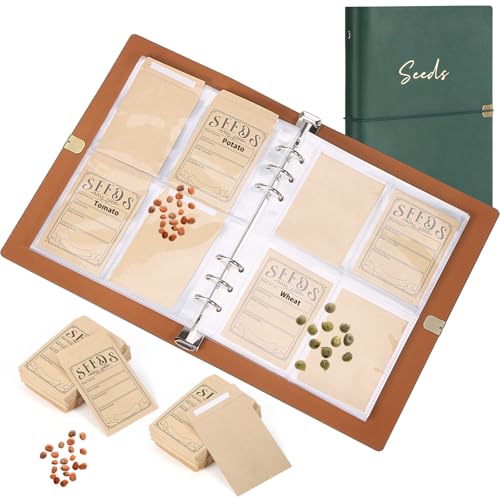How to set your gardening goals – for a joyous and fruitful yard in 2025
Learn how to set clear, intentional gardening goals this year and watch your backyard dreams come true
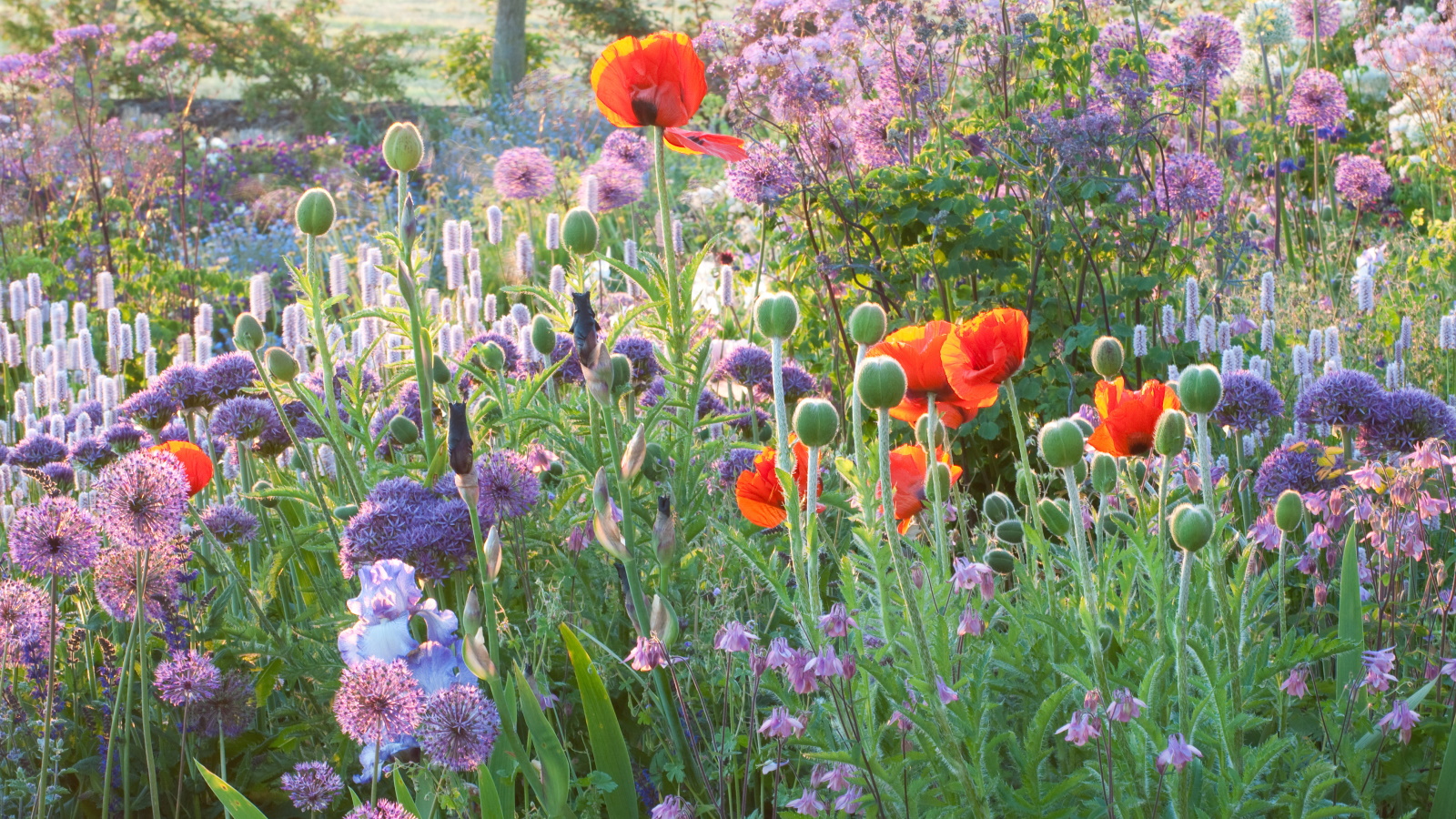

We gardeners are a breed of planners. We love to list, map out and dream of new ideas in the garden; to see the potential in tiny seeds and the bare branches of winter, and watch with wonder as they come to life.
The dawn of a new year is often a time we look to our outside space and make plans for what we’d like to achieve come the summer months. Maybe you have started the new year with fresh vigour and resolve to get out and bring to life that backyard idea you’ve been dreaming of for years? Or, perhaps you already love spending time in your garden, but it all feels a bit overwhelming? You might even just want to be a better plant parent for the new year ahead.
In either scenario, you may feel unsure of the best place to start. It’s easy to come up with a huge list of dream ideas for your outside space, but are they realistic, and how likely is it you’ll be able to stick to them? This is where a clear plan of action can help. I am a sucker for goal setting, and truly believe that setting clear, simple and intentional goals in any area of your life will lead to success - especially in the garden. Here I explain exactly how to do it.
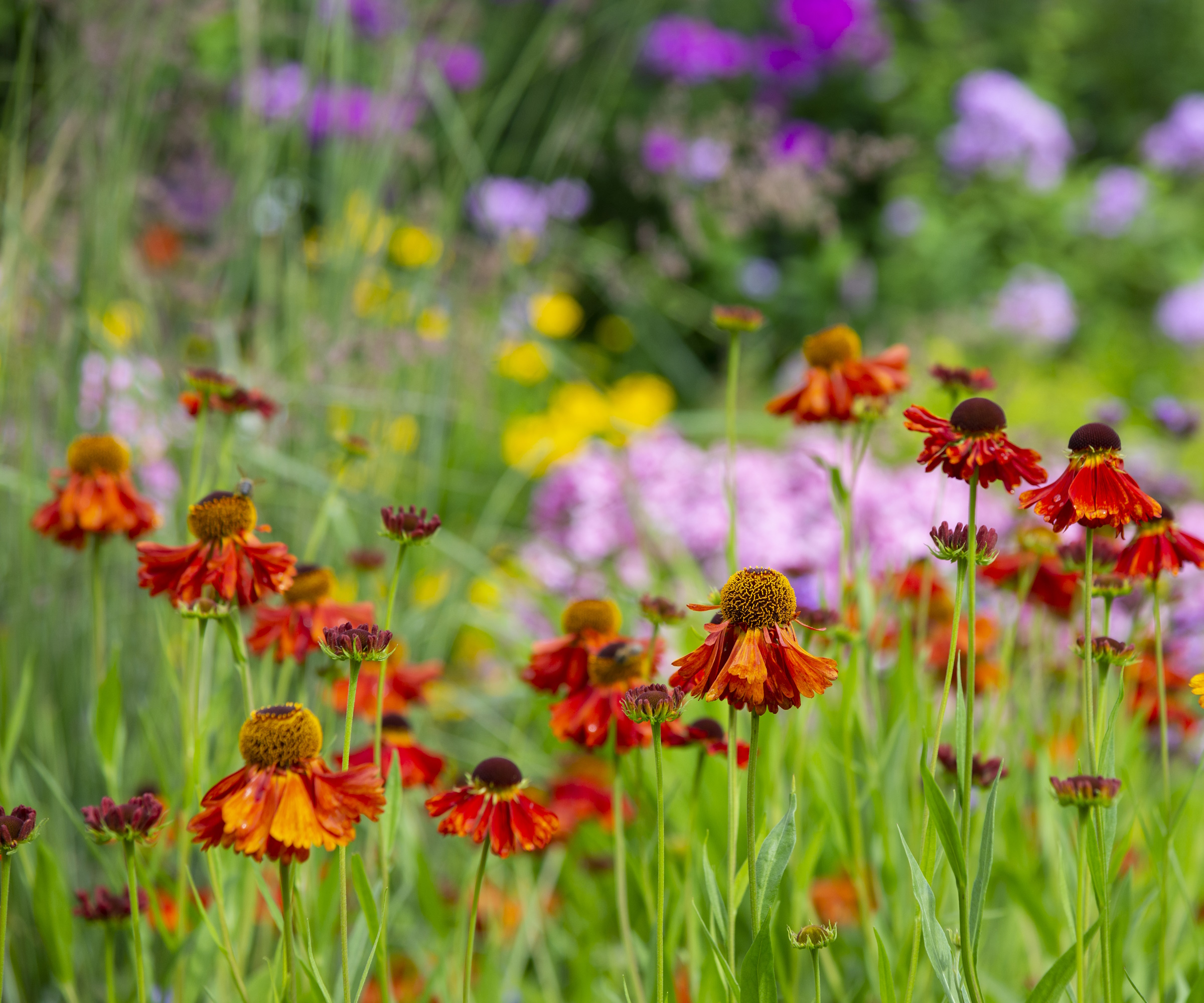
How to set your gardening goals in 5 simple steps
When it comes to our backyards, it’s in no way groundbreaking to say they’re all different. We face a myriad of differing sizes, styles, landscapes, plant preferences, and soil types, not to mention climates and environmental challenges. No two sets of gardening goals will be alike, however, my method for setting and achieving them can work for anyone.
By taking some time to work through this guide and determine what you want to achieve in the garden this year, you will be reaping the rewards come the summer months. Here’s how to get started.
1. Keep them achievable

It’s really important when sitting down to set your gardening goals that you don’t make them too wildly optimistic. I am all for challenging myself and being ambitious, but making the mistake of trying to do too much in one year in your backyard may leave you feeling unfulfilled and disheartened if things don’t go to plan.
To start with, think about how much time you will realistically be able to dedicate to your yard. Look at your weekly diary and consider what would work for you, and does it tally with the ideas floating around your head?
Design expertise in your inbox – from inspiring decorating ideas and beautiful celebrity homes to practical gardening advice and shopping round-ups.
Consider whether you will be able to do everything yourself, or will you need to take on assistance from the professionals at some point? If so, they might require booking a few months in advance to ensure jobs get done at the right time of year.
I also think it’s useful at this stage to have an idea of your budget. You could think about how much you can dedicate each month to your yard, or maybe you have a lump sum set aside for a particular project. It all helps to make sure you will be able to achieve your dream goals.
2. Identify your priority areas
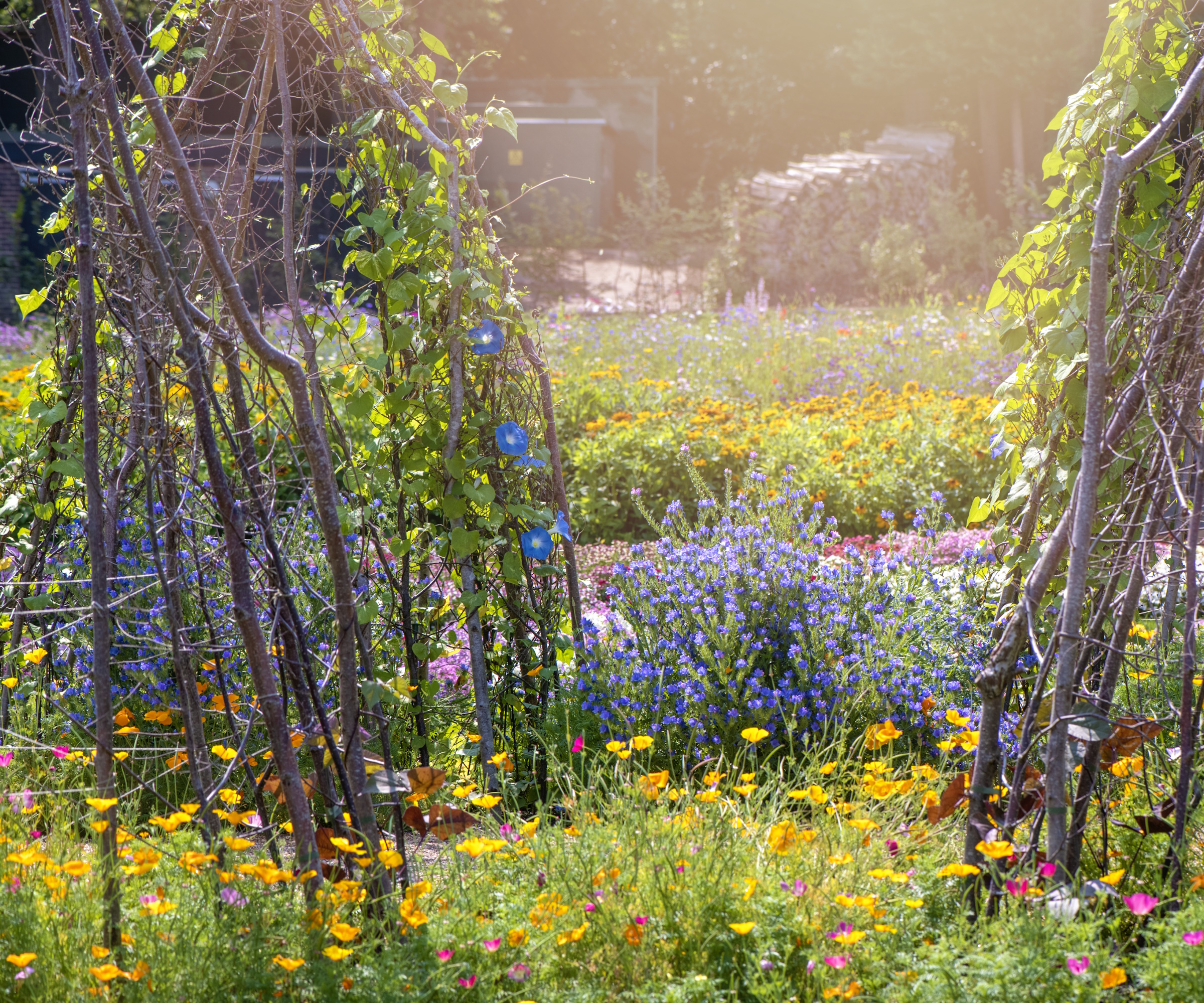
The next step is to identify specific areas or zones where you want to focus your efforts. This might be, for example, adding native plants to a border, creating an outdoor kitchen, or building a wildlife pond. It might be a bit more specific, such as learning how to successfully cultivate your favorite vegetable, making your own compost, or working out how to make your outdoor seating area feel more private.
Alternatively, do you have an overarching goal you want to achieve, such as producing organic food to feed your family, boosting biodiversity, exploring permaculture gardening or growing cut flowers for use in a family wedding? Think about how you want to use your backyard, and how it fits into your, and your family’s, lifestyle.
3. Get specific

Now that you know your overarching goals, it’s time to get into the details. If, like me, you have a penchant for a spreadsheet, start one. Map out a timeline based on the seasons and detail each element.
For instance, if one of your goals is to grow a particular variety of flower, it might go something like: sourcing the seed and potting mix; sowing the seed; planting into raised bed, and pinching out the growing tips.
Against each element you can also put an estimated cost or time needed for the task to help track spending and make sure you are carving out enough time for the job.
Spreadsheets are also vital for planning out planting zones if your focus this year will be on your borders and raised beds. You can detail what is going where, when they need to be planted and keep a track of each crop’s progress - and even harvest times.
You may prefer a written gardening planner, such as this one from Amazon, where you can also sketch out design ideas, keep seed packets and record progress in a more aesthetically pleasing format. A gardening notebook like this one available on Amazon can also be super useful, as you can take it out into the garden with you and log everything from plant info to seasonal shopping lists.
4. Be mindful of small wins as well as the big ones

It is vital to notice and intentionally mark all your successes and achievements when reaching for your gardening goals. I know when I garden it's always the little things that give me the biggest feelings of satisfaction, such as seeds germinating or seeing bees arriving on my cosmos patch.
You could start a garden diary to record incremental changes and successes, or simply take lots of before, during and after photos. If and when you have a day when things aren't going to plan, or you need a bit of encouragement, you can look back and quickly see how much you have achieved in a fairly short time.
5. Celebrate your failures
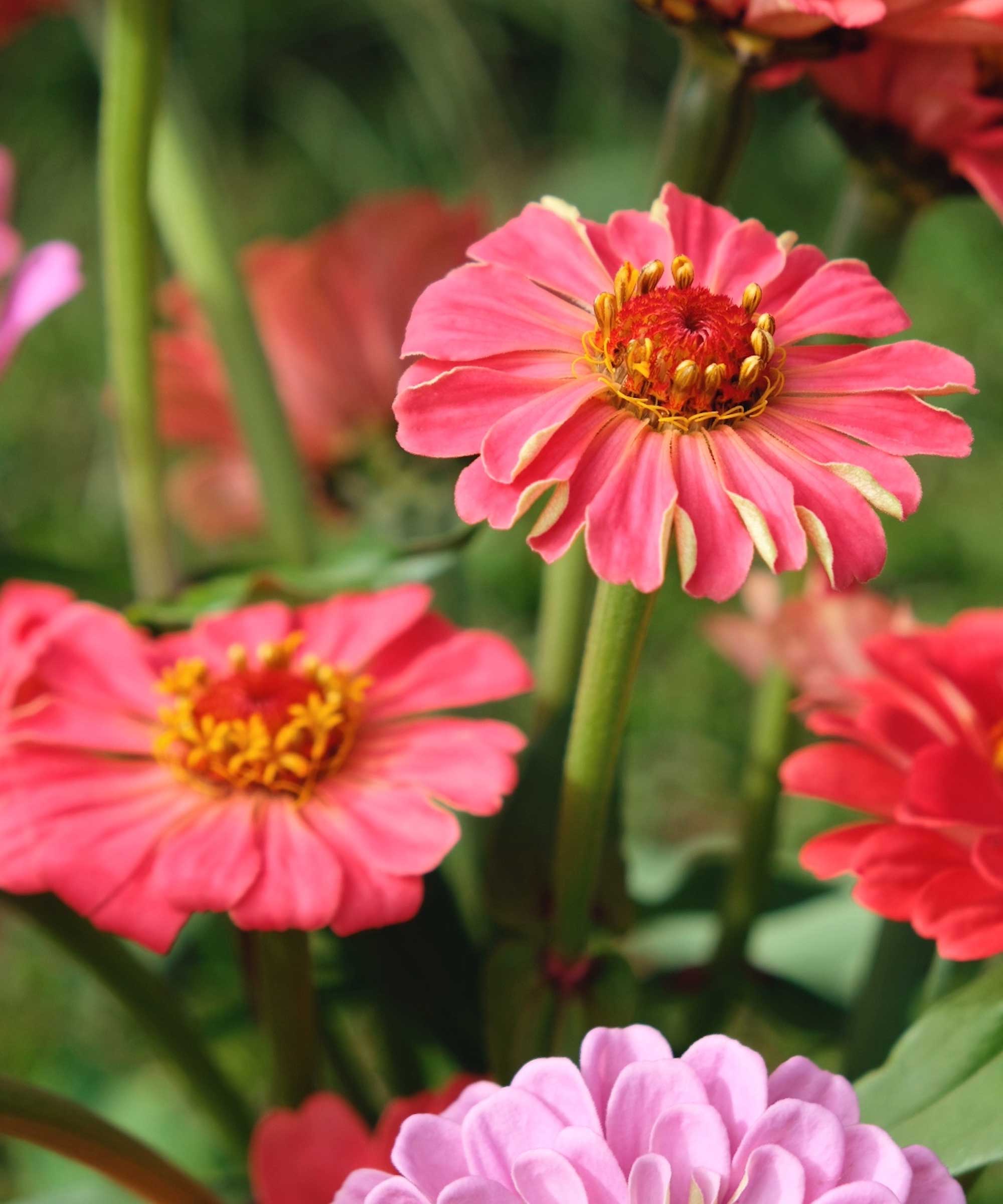
Because there will be many of them - but we know that, right? Even the world-renowned gardeners experience failure in the garden every year, and they are not afraid to admit it. Failing is the most amazing learning technique out there, especially when it comes to cultivating a garden.
Make notes, adjust your methods and keep going. And rest assured - our failures simply make us richer gardeners.
FAQs
What are some common gardening goals?
Your gardening goals will be personal to you and your home, but some of the most popular gardening goals might include learning how to grow your own vegetables, making your own compost, attracting wildlife to your backyard, growing a herb garden, clearing a neglected area of your garden to grow wild flowers, or creating a thriving balcony garden.
Whatever you decide your gardening goals to be, I hope this guide will set you on the path for success, and encourages you to bring your backyard dreams to life this year.

Rachel is a gardening editor, floral designer, flower grower and gardener. Her journalism career began on Country Living magazine, sparking a love of container gardening and wild planting. After several years as editor of floral art magazine The Flower Arranger, Rachel became a floral designer and stylist, before joining Homes & Gardens in 2023. She writes and presents the brand's weekly gardening and floristry social series Petals & Roots. An expert in cut flowers, she is particularly interested in sustainable gardening methods and growing flowers and herbs for wellbeing. Last summer, she was invited to Singapore to learn about the nation state's ambitious plan to create a city in nature, discovering a world of tropical planting and visionary urban horticulture.


